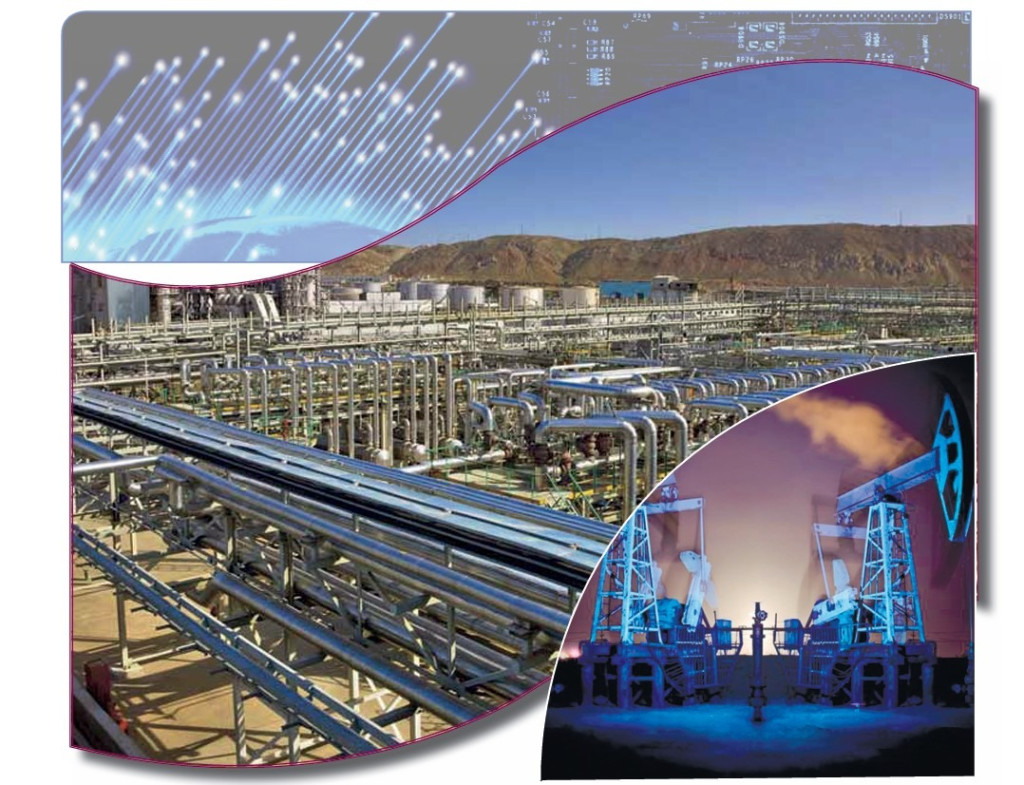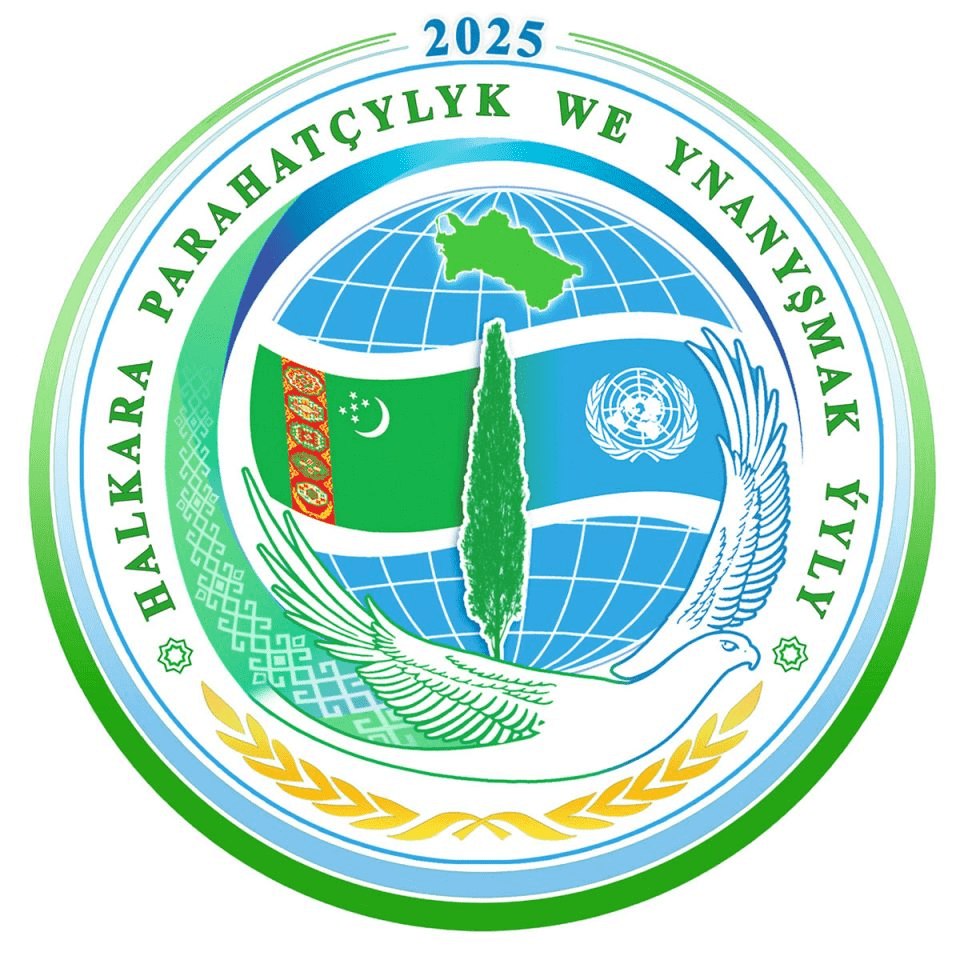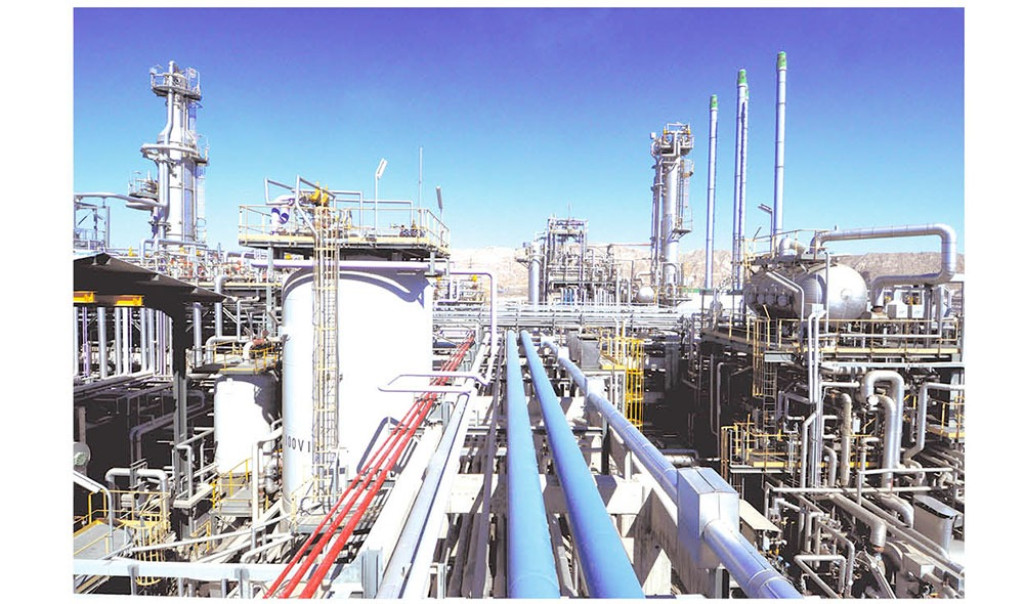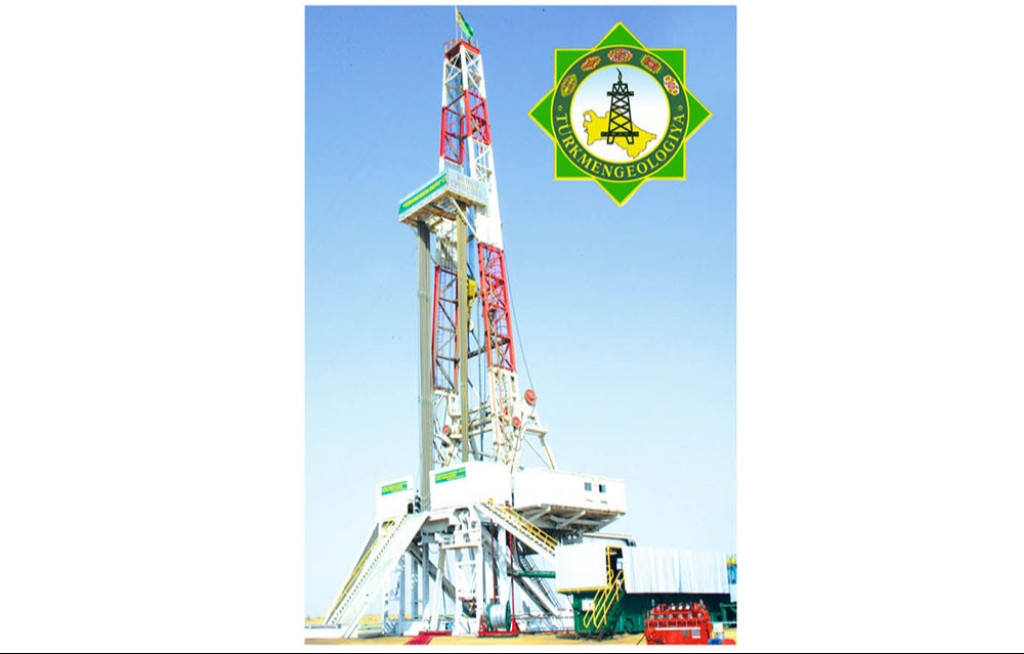
There is a wide variety of local oil and gas traps in nature. Therefore, for effective geological exploration of oil and gas, it is necessary, first of all, to know what types of oil and gas traps are found in the subsoil and what are the main factors controlling their formation — in other words, their classification is necessary. Such classification allows for the correct orientation of exploration work, avoiding the drilling of unnecessary expensive wells. Many classifications have been developed by various authors based on genetic principles. Most of them distinguish five classes:
1. Class of structural traps. These include local structures of various origins.
2. Class of lithological traps. Here, the leading role belongs to the lithological factor (zones of wedging, lenticular occurrence, etc.).
3. Class of stratigraphic traps. Traps are formed in areas where the reservoir is cut off or unconformably overlain by impermeable sediments.
4. Class of traps confined to reef formations. Reef massifs act as the trap.
5. Class of traps of mixed origin. Deposit formation is determined by various combinations of structural, lithological, stratigraphic, and other types.
In Turkmenistan, exploration has been conducted only for the structural type: anticlines, brachyanticlines, dome-shaped uplifts, etc.
At the initial stage of drilling, many large anticline structures with shallow productive horizons (1.5 to 3.5 km) were targeted. This led to the discovery of numerous unique, large, and medium-sized hydrocarbon deposits, creating a strong resource base for Turkmenistan’s oil and gas industry.
Over time, the number of promising local uplifts steadily declined, and the depth of productive horizons increased to 3.5–5 km, which led to a drop in exploration efficiency.
In recent years, due to the high degree of geophysical exploration of Turkmenistan’s territory, structures prepared for exploratory drilling are now small in area and contain hydrocarbon resources of category C3. If deposits are discovered in these structures, most of them will be classified as small. Moreover, a significant portion of them will likely be unproductive. These small deposits will not significantly impact oil and gas production levels — something confirmed by global exploration experience.
To increase the efficiency of geological exploration and expand the scope of geophysical and drilling work, it is necessary to begin searching for and mapping other types of traps using geophysical methods. Many countries have long been engaged in the exploration and development of such deposits.
Currently, the task of discovering industrial accumulations of oil and gas and increasing hydrocarbon reserves can largely be solved through targeted searches and exploration of non-anticlinal traps (NAT). These are predicted by many specialists on the slopes of large tectonic features such as the Central Karakum Arch, Bakhardok Monocline, Badhyz-Karabil Step, Aladag-Misirian Step, and others.
As a testing ground for developing NAT mapping techniques, it is advisable to focus on the southern and southeastern slopes of the Central Karakum Arch, where lithological and stratigraphic oil and gas traps are forecasted (Husnutdinov Z.B., Melikhov V.N., Semenov A.F., Taimov K.D., and others).
It is therefore proposed to partially shift the focus of geophysical work — specifically, to assign one seismic crew to search for and map non-structural traps.
Based on scientific research conducted at the Research Institute of Natural Gas of the State Concern "Turkmengaz", a methodology has been developed for identifying zones on the southern and southeastern slopes of the Central Karakum Arch where such traps are predicted (Taimov K.D.).
Based on this methodology, the following practical recommendations were developed:
1. "Justification for conducting exploratory seismic surveys (MOGT-2D) in the Hazarli area to certify stratigraphic traps" (Taimov K.D., 2015)
2. "Justification for conducting 3D seismic exploration to map stratigraphic traps at the Sarygum oil and gas condensate field" (Taimov K.D., 2015)
3. "Geological justification (project) for parametric drilling of wells in the Kyrkui area" (Hudaykuliev B.G., Taimov K.D. et al., 1982), where a gas deposit was discovered in well No. 1 in 1984
4. "Regularities of the location of deposits of sulfur-free gas and directions of exploration in the southeastern part of the Central Garagum arch" (Chopanova H., Jumahanova D., 2024)
Thus, there is a scientific basis for conducting geophysical and drilling work aimed at mapping NATs and initiating exploratory drilling on them to discover new types of hydrocarbon fields.
Implementing this proposal would significantly expand the scope of geophysical and drilling operations and potentially lead to the discovery of new oil and gas fields. Carrying out geophysical work in the initial stages will also help refine the methodology for mapping NATs.
It is worth emphasizing that the gas deposits in this region are sulfur-free, which is important for the gas industry of Turkmenistan. The depths of productive horizons here are relatively shallow — 1.5 to 3 km — which is an additional economic advantage.
A comprehensive approach that combines geophysical and drilling operations will be most effective, enhancing exploration success while reducing financial costs.
Bayramgozel MYRADOVA
Deputy of the Mejlis of Turkmenistan, Chairman of the Committee on Science, Education, Culture and Youth Policy
Myratmuhammet MYRADOV
senior lecturer of the International University of Oil and Gas named after Yagshigeldi Kakayev
Source: “Oil, gas and mineral resources of Turkmenistan” magazine



